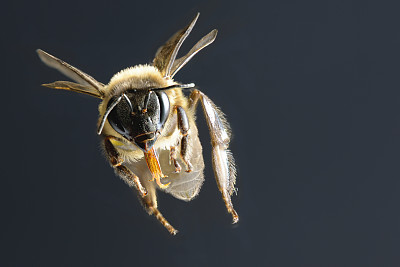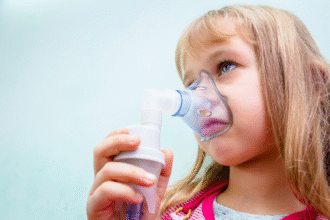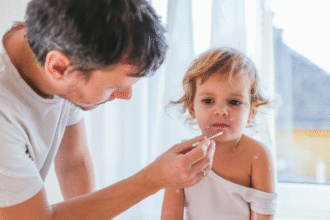First Aid for Bee Stings During Summer and Autumn Outings
Bee stings can range from mild discomfort to life-threatening reactions. Proper first aid is essential to minimize complications and ensure safety.
Understanding Bee Stings
Common Bee Families:
- Apidae
- Vespidae
- Polidae
These social insects live in large colonies and may sting in swarms if their hive is disturbed. Individual sensitivity to bee venom varies, and even a single sting can cause severe reactions in some people.
Effects of Bee Venom:
- Acts on the nervous system
- Stimulates smooth muscle contraction
- Dilates blood vessels and lowers blood pressure
- Hemolytic effects (damages red blood cells)
Symptoms:
- Local Symptoms: Pain, redness, swelling, and tissue necrosis at the sting site
- Systemic Symptoms: Hives, nausea, vomiting, fever, chest pain, breathing difficulties, asthma, muscle cramps
- Severe Cases: Cerebral edema, pulmonary edema, anaphylactic shock, acute renal failure, and death
First Aid Measures
- Clean the Wound:
- Rinse the wound with soapy water or a 5% sodium bicarbonate solution.
- For bee stings, neutralize the venom with a weak alkaline solution (e.g., baking soda water).
-
For wasp stings, neutralize the venom with a weak acid solution (e.g., vinegar or lemon juice).
-
Remove the Stinger:
- Use a sterilized needle to carefully remove the stinger from the skin.
-
Pinch the stung area and suck the toxin out with your mouth (if safe to do so).
-
Manage Allergic Reactions:
- For mild reactions, oral antihistamines can help.
- For severe reactions, administer a subcutaneous injection of 1:1000 epinephrine.
-
For bronchospasm, intravenous aminophylline may be used.
-
Provide Supportive Care:
- Ensure the airway is clear.
- Administer oxygen if available.
- Replace fluids and maintain circulation and blood pressure.
-
Prevent and treat acute renal failure.
-
In Case of Shock:
- Perform artificial respiration and cardiac massage if necessary.
- Notify emergency services immediately.
Important Notes
- Ammonia Ineffectiveness: Applying ammonia to the sting site is ineffective against histamine in bee venom.
- Wasp vs. Bee Stings: Wasps are venomous, but honey bees are not. Always remove the stinger for honey bee stings.
This guide is for educational purposes and does not replace professional medical advice. Always consult a healthcare provider for diagnosis and treatment.







